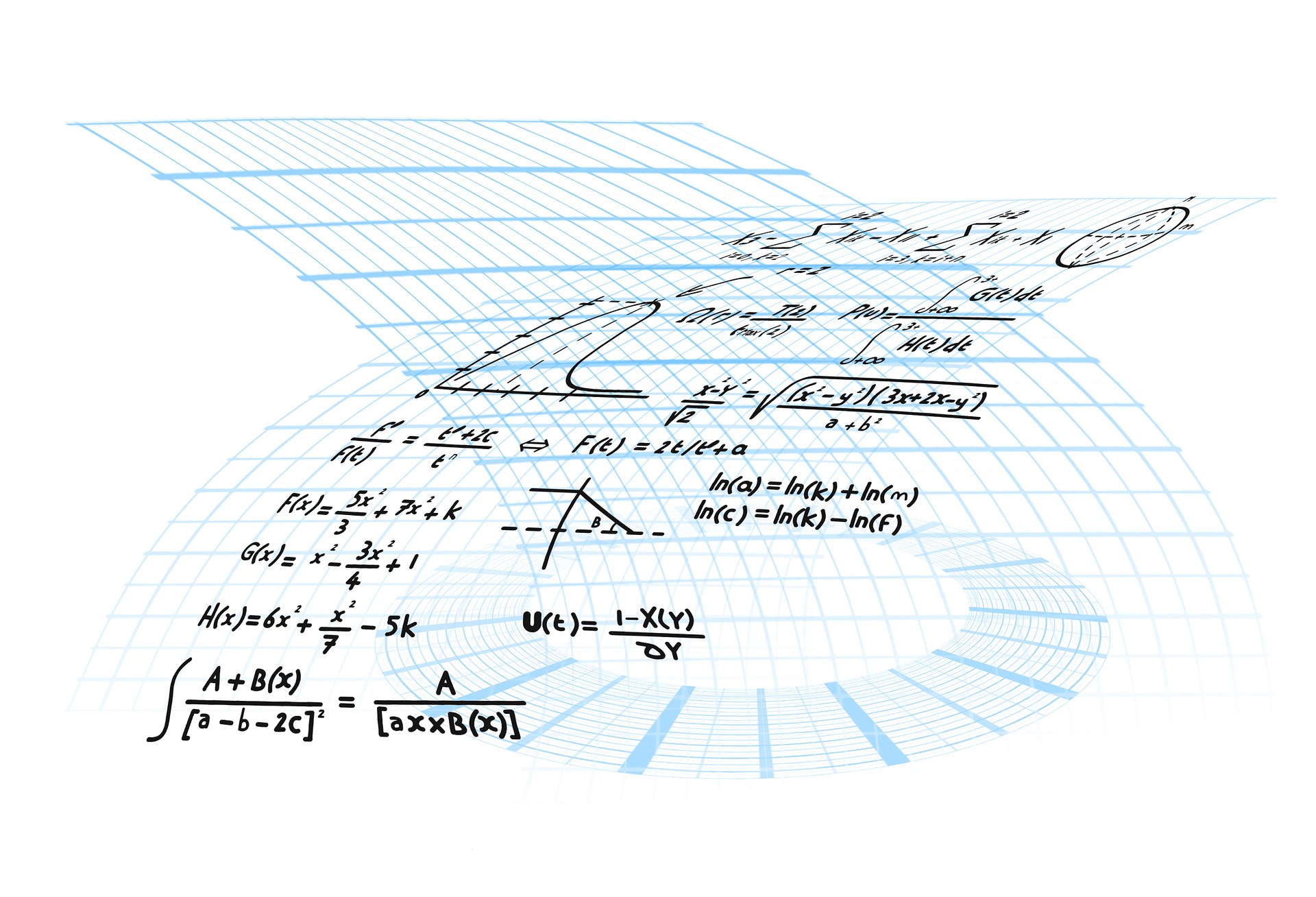-

THE MASTERING OF FRACTIONS
Thu Oct 21 2021. 3 min readBut, to do Mathematics, to understand Mathematics, to make meaningful contributions to Mathematics and master this subject, we have to do a bit of History; for mastering this Discipline continually builds upon past discoveries. For the young child who is still weaning in literacy, the vastly important arena of fractions is one of the most difficult concepts to understand and to enter, and in general, a substantially high percentage of our students do not normally gravitate to this branch of Mathematics.
Fractions, as we know them today, did not exist in Europe till the sixteenth and seventeenth centuries. But as early as 1800 B.C., history shows that the Egyptians were writing fractions in a form, slightly similar to what we use today. The very name fraction, originated from the Latin, ‘fractio’, which means to break up or to divide. And this is essentially what a fraction does.
If fractions are taught properly, they can be easily understood and can actually be seen as fun by the young learner. However, the often too-speedy introduction of moving into, say, the addition of fractions, with different denominators, may prove difficult. This is simply because the concept of fractions may not have been totally accepted and was not intellectually digested by the child. When this occurs, further absorption of the different concepts becomes painful.
Surely, if more time is spent in the addition and subtraction of fractions that involve only the same denominators, the young child begins to understand fractions, their purpose, their necessity and importance in basic computation and they shall advance gradually, easily and gracefully into the understanding of how fractions work and they even learn to love it.
Especially today, numerous available and accessible aides can be easily obtained by purchasing or even created at home, and any of these may be rendered as necessary and sufficient in the teaching of these concepts.
The use of fraction circles, fraction kits, well-thought-out and orchestrated lessons, careful lesson planning, content delivery, worksheets, students’ continuous involvement and participation in the various lessons, all punctuated with timely and practical references, are some suggested techniques to attain and conquer these necessary goals. Still, one does not need to spend money to understand the basic concepts.
When the mathematics of fractions, using the same denominator, is mastered, we will find that the child moves smoothly into mastering the skills of fractions with different denominators, since the general concepts of fractions, quite assuredly, have been well understood.
I remember my mother cutting an apple into two pieces and making me understand (age four) that each piece was called a half. She showed me that it was written as ½. She held one of the pieces and told me that the top number told us how many pieces she was holding and the underneath number told us how many pieces the whole apple was divided into.
“One piece from two is written as one over two,” were her words.
Then she did it with four pieces and I was shown what ¼ was, and that two quarters was 2/4 and why it was equivalent to ½ and so on.
Some useful hints for the introduction of fractions are diagnostic pre-testing, the concept of the unit or the whole, the usage of different shapes to identify the whole and parts of fractions and also the comparing of fractions. At this stage, heavy quizzing is definitely very helpful. This form of testing serves not only to reassure that the concepts are being absorbed by the child but serves also to ensure the building of the child’s confidence in the topic.
The next stage is the introduction of reducing fractions and identifying those that can be reduced, the emergence of factors, common factors, the idea of the greatest common factor, mixed numbers and improper fractions, multiples and lowest common multiple. The emergence of new words likes ‘equivalent fractions’ add novelty to the teaching at this stage. We can always orient the lessons in such a way, that even the young child, at the end of the day; will be like the classic Dickens’ character, Oliver Twist, asking for more. Of course, unlike what happened to Oliver, we would be happy to offer more.
As the students commence to grasp the basics, we, the teacher, might be able to actually introduce a new concept on each day.
The student would have learnt fractions, loved the learning of fractions, understood the concepts of fractions, be able to use fractions, be in the position to relate fractions to activities in everyday life, and most importantly, remember fractions.
When this great, valuable and necessary concept has been well delivered, accepted, understood and appreciated, the entire class may practice by bringing fruits and pizza and cake, as we all join together, in the addition of pieces, the subtraction of sections, the multiplication of parts and the division the whole of these very items, and we shall party and celebrate and rejoice by eating and drinking, all of our very fractions that lie before us.
Children, without realising the reins are in our hands, dictate the pace at which they learn, never realising that it is the teacher who makes them creep then walk, then run and gallop. Subtly, we ask for more and willingly they will give.
By: Dr Fayad W. Ali
Former student of Prof. Alan Guinn.
